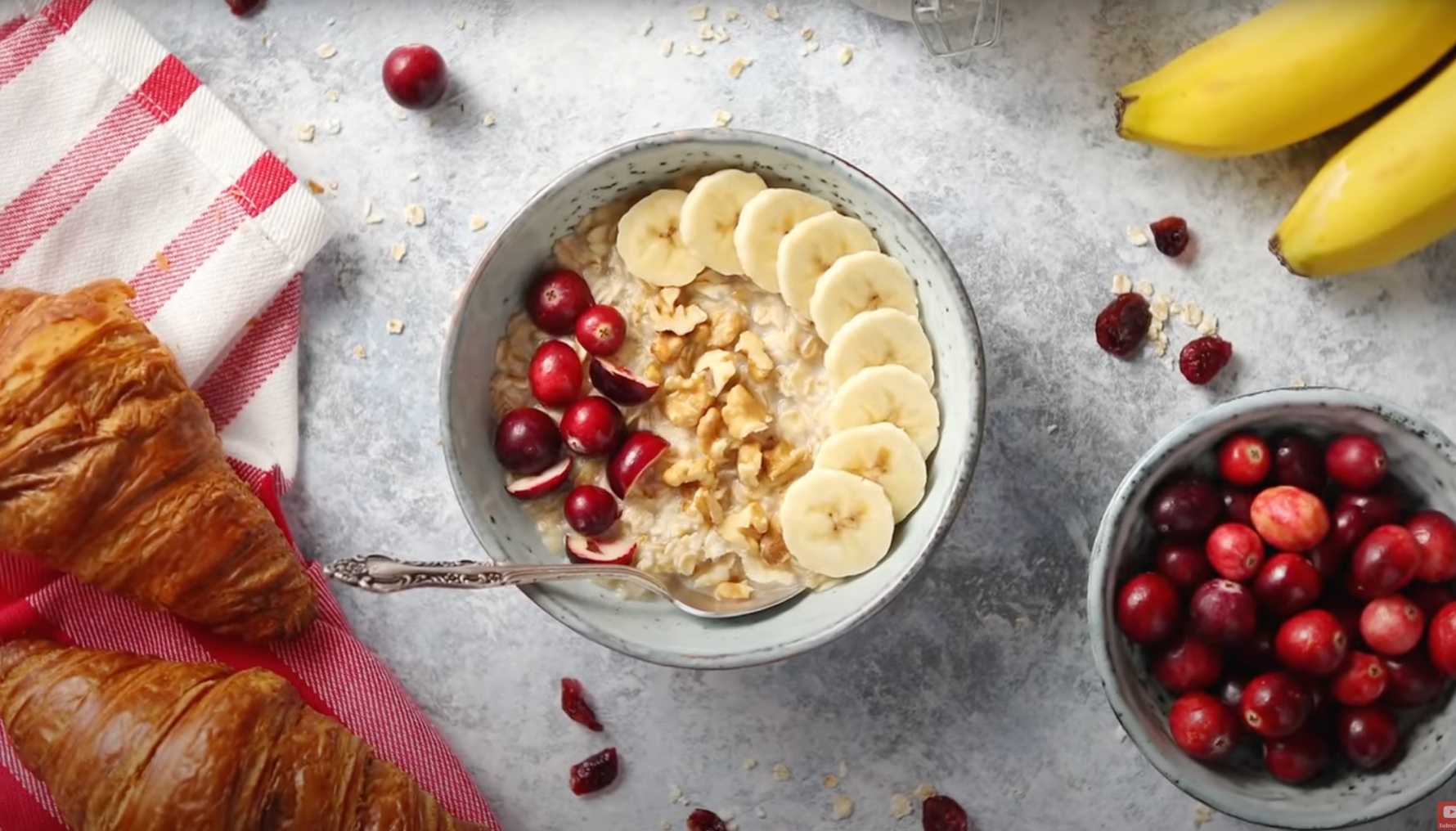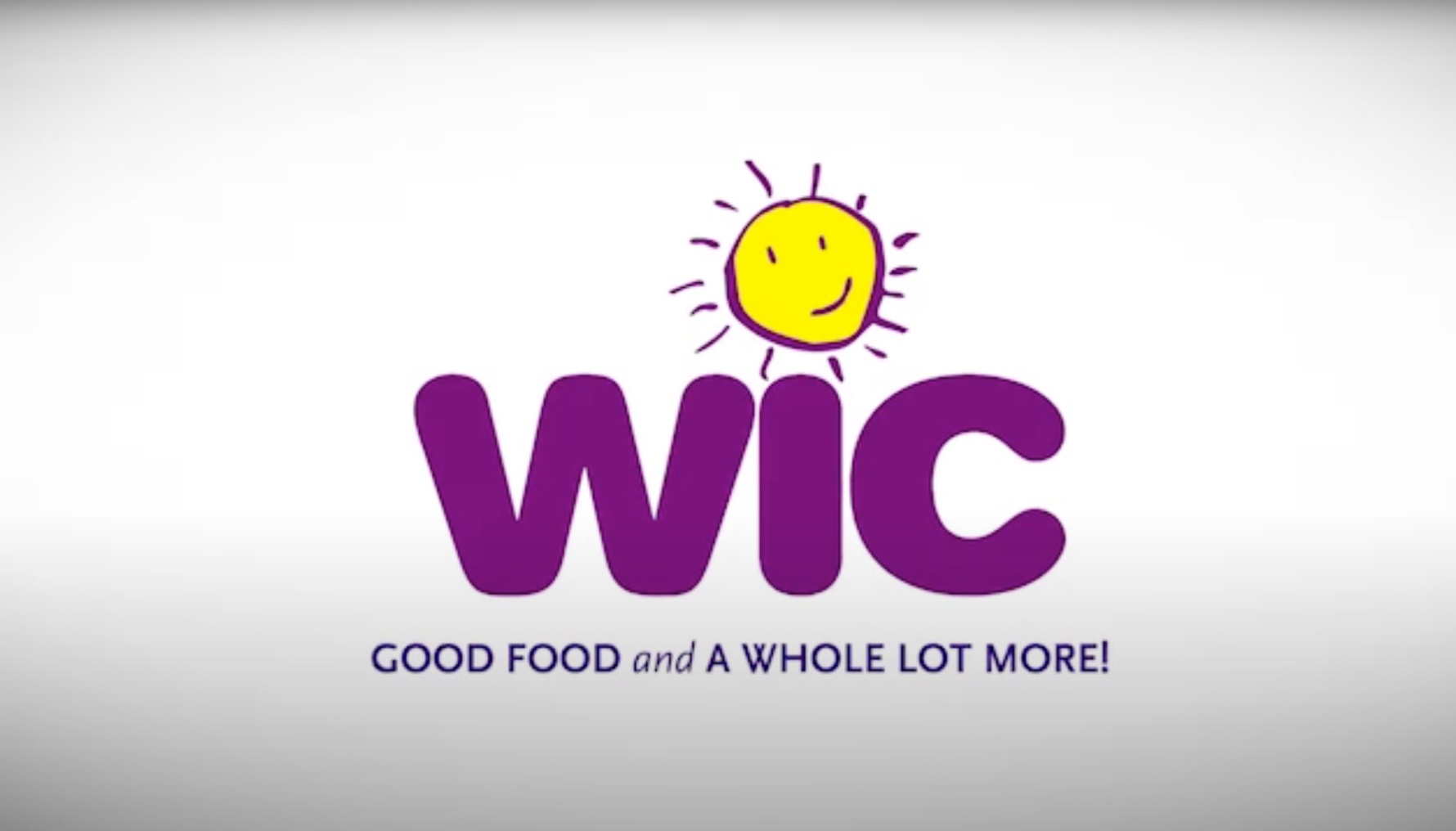This website uses cookies so that we can provide you with the best user experience possible. Cookie information is stored in your browser and performs functions such as recognising you when you return to our website and helping our team to understand which sections of the website you find most interesting and useful.
We all want to feel and be healthy. Managing that stress can be difficult, and unfortunately there are a lot of unhealthy behaviors that make us feel better, but are not good for us, like smoking, consuming a lot of alcohol, eating too much of anything, or only eating processed foods that are high in sugar, salt, and unhealthy fats.
Beyond what we eat, how we treat our bodies is very important which is why exercise is something we should all do for physical and mental health. You do not have to use a gym to get exercise though. Walking, riding a bike to work, and even dancing are all great ways to exercise..
Before you start any new food intake or exercise program you should consider seeing your doctor (use that health insurance), to make sure that the program you are about to start is best for you.
Shopping for Healthy Food
A healthy diet begins with shopping for healthy food. If money is tight, there are ways to help pay for your groceries, including the SNAP program and WIC (for families with babies and small children).
Maintaining a Healthy Diet
There is a lot of nutritional advice out there and it can be confusing to know what to believe. Most experts will tell you that the key to a healthy diet is to mix in plenty of fruits and vegetables; avoid fast food, excess sugar, and heavily processed food; and do not overeat.
Exercise
In addition to eating healthy food, it is really important to get regular exercise. A half hour a day is a good amount to shoot for, even if it is just getting up and going for a walk.
-
HEALTHY FOODS ON A BUDGET!: 10 Great Foods that Won't Break the Bank!
Erik Richardson D.O.
RUNNING TIME: 00:08:04 -
What Is SNAP? Learn All About Supplemental Nutrition Assistance Program.
Houston Food Bank
RUNNING TIME: 00:11:43
Get Answers:
A healthy diet is one that provides enough of each essential nutrient from nutrient-dense foods, contains a variety of foods from all of the basic food groups, and focuses on balancing calories consumed with calories expended to help you achieve and sustain a healthy weight. A healthy diet means eating less fats, sugar, salt, processed foods, and alcohol. Instead, focus on a varied diet of foods like fruits, vegetables, whole grains, lean meats, eggs, beans, and nuts.
Hy-Vee Dietitians’ website recommends that at least half your plate should consist of fruits and vegetables. You can’t get all the nutrients you need from a single fruit or vegetable, so it’s important to consume a variety of both. Men and women between the ages of 19 and 50 should aim for 2-1/2 to 3 cups of veggies per day and 1-1/2 to 2 cups of fruit.
Processed foods can refer to many of the foods we typically eat. That’s because the word “processed” can mean anything from a whole piece of fruit, being sliced before eating it, to very intensive processes of “creating” foods that barely resemble whole foods like fruits and vegetables, and meat. When you think about foods to avoid, the more processed a food is, with more chemical additives and preservatives, the more you should consider not eating it. Many nutritionists advise to avoid foods that have very long lists of ingredients, and instead opt for simple, whole foods.
When foods are labeled “organic” it means that the way in which that food was produced is free of things like pesticides, antibiotics and hormones which might be dangerous to consume or be harmful to the environment. It does not necessarily mean that that food is more nutritious than a non-organic version. You may especially consider buying organic versions of fruits and vegetables that have an edible out layer, such as grapes, peaches, green beans, and apples since pesticides and other chemicals would be sprayed directly on the part of the food you eat.
SNAP stands for Supplemental Nutrition Assistance Program, formerly known as the Food Stamp Program. It can help you pay for groceries, if you meet certain income or other requirements. Move for Hunger has a chart to help you determine if you are likely eligible. Each state runs its own SNAP program, that you will need to contact to sign up. Once you do that, you get a debit card that you can use at the grocery store that has money pre-loaded on it to use for groceries.
Exercise is important for you on so many levels, including improving your physical appearance, avoiding many diseases and conditions that can shorten your lifespan, and improving your mental health. What’s most important is to START doing something. It can be simple, like going outside for a short walk everyday. You do not have to join a gym (although there are many benefits to doing this), you can get great exercise right from home. What’s also important is that you create a pattern of behavior that you can stick with–if it’s too hard, you’ll be more likely to give up. Start simple, and increase your exercise routine from there.
Both aerobic exercise (activities like brisk walking, swimming, running, or cycling) and weight-bearing exercises (like weight lifting, pushups, climbing stairs) are both important and are helpful for different reasons. As we age, different types of exercise affect our bodies in different ways. Things you can do almost anywhere, like going for a hike, are great ways to do both things at once.
Most health experts recommend that you exercise regularly, that is, most days of the week. It doesn’t need to be a lot, maybe 30 minutes or so of physical activity most days of the week is enough to see real health benefits and help to avoid things like heart attack, diabetes, high blood pressure, stroke, and obesity. The key is to find a form of exercise that you like to do, and that you are able to do relatively easily.





